COLLABTIVE

- Apache
- PHP
- MySQL
About

Collabtive is web-based project management software. The project was started in November 2007. It is open source software and provides an alternative to proprietary tools like Basecamp. Collabtive is written in PHP and JavaScript.
Collabtive is intended for small to medium-sized businesses and freelancers. We offer commercial services for installation and customization of Collabtive. It can also be installed on an internal server as well as in the cloud.
Collabtive offers time tracking, calendar, pdf reports, RSS feeds, email notification and new in its design and approach, compact in size unlike many project management tools that has lesser features, cost more and bloated in size.
All major browsers like Chrome, Internet Explorer, Firefox, Safari and Opera are supported.Collabtive is developed by a team of professional volunteers. Everyone involved is a pro in their respective areas, providing high quality contributions to the project.
Niles Partners is launching a product, which configured and publish collabtive, which is embedded pre-configured tool with LAMP and ready-to-launch VM on Azure that contains collabtive, Apache, MySQL, Linux, and PHP 7 (LAMP).
The current version of Collabtive allows management of unlimited projects at the same time. There are no limits on the milestones or tasks list or activity assigned to each project. Collabtive allows creation of any number of member profiles to make user management easier. Access is limited by permissions granted based on roles assigned to the member. Communication capabilities supported include instant messaging and offline messaging services. Collabtive has an effective time tracking system and file management system to make project organization and management easier.
Collabtive supports export of reports and notifications to PDF, Excel format for data processing. Reports are generated for time tracking and logs are generated for activities. RSS feeds are available for messaging and user profiles can be exported as vCards. Email notifications can be set to be sent out as required. Collabtive incorporates calendars synchronization through iCal task export functionality.
Collabtive is available in 35 languages with customizable themes and complete UTF8 support. Collabtive includes search functionality and tags assignment to implement time effective project management. Basecamp files can be imported into Collabtive to make migration easy and implement cross functionality.
Collabtive Features
These are the features the latest Collabtive version provides.
Core functionality
1. Unlimited projects, milestones, task lists, and tasks
2. Unlimited members with user profiles
3. Role-based permission management
4. Messaging
5. File management
6. Time tracking
Reporting and notifications
1. Timetracker reports, activity logs and messages in PDF format
2. Share user profiles as vCard
3. RSS feeds for messages and tasks
4. Synchronization of calendars via iCal task export
5. Excel files from activity logs and timetracker reports
6. Email notifications
Other
1. Search
2. Data encryption
3. Fully themeable
4. Available in 35 languages
5. Full UTF8 support
- Type virtual machines in the search.
- Under Services, select Virtual machines.
- In the Virtual machines page, select Add. The Create a virtual machine page opens.
- In the Basics tab, under Project details, make sure the correct subscription is selected and then choose to Create new resource group. Type myResourceGroup for the name.*.
- Under Instance details, type myVM for the Virtual machine name, choose East US for your Region, and choose Ubuntu 18.04 LTS for your Image. Leave the other defaults.
- Under Administrator account, select SSH public key, type your user name, then paste in your public key. Remove any leading or trailing white space in your public key.
- Under Inbound port rules > Public inbound ports, choose Allow selected ports and then select SSH (22) and HTTP (80) from the drop-down.
- Leave the remaining defaults and then select the Review + create button at the bottom of the page.
- On the Create a virtual machine page, you can see the details about the VM you are about to create. When you are ready, select Create.
It will take a few minutes for your VM to be deployed. When the deployment is finished, move on to the next section.
Connect to virtual machine
Create an SSH connection with the VM.
- Select the Connect button on the overview page for your VM.
- In the Connect to virtual machine page, keep the default options to connect by IP address over port 22. In Login using VM local account a connection command is shown. Select the button to copy the command. The following example shows what the SSH connection command looks like:
bashCopy
ssh azureuser@10.111.12.123
- Using the same bash shell you used to create your SSH key pair (you can reopen the Cloud Shell by selecting >_ again or going to https://shell.azure.com/bash), paste the SSH connection command into the shell to create an SSH session.
Usage/Deployment Instructions
Step 1: Access Collabtive from Azure Marketplace and click ON Get it now button.

Click on continue
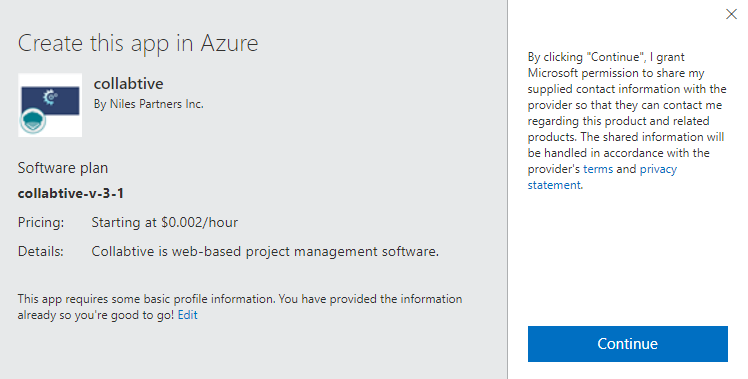
Now click on create
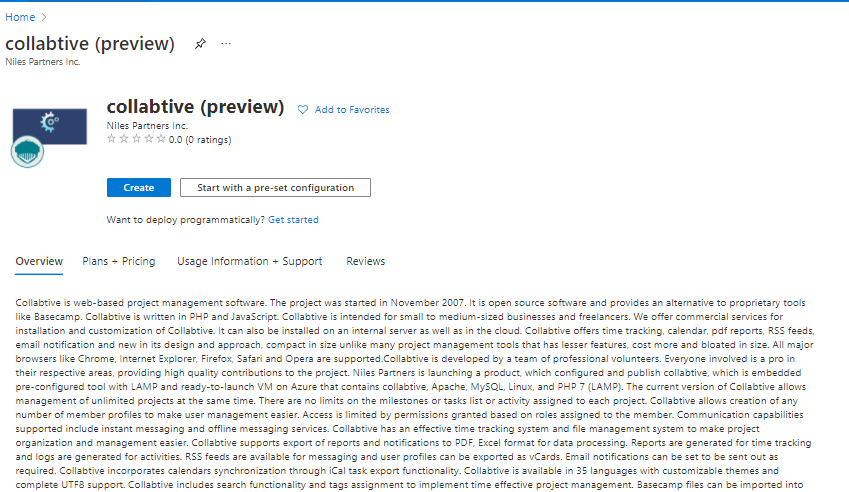
Step 2: Now to create a virtual machine, enter or select appropriate values for zone, machine type, resource group and so on as per your choice.
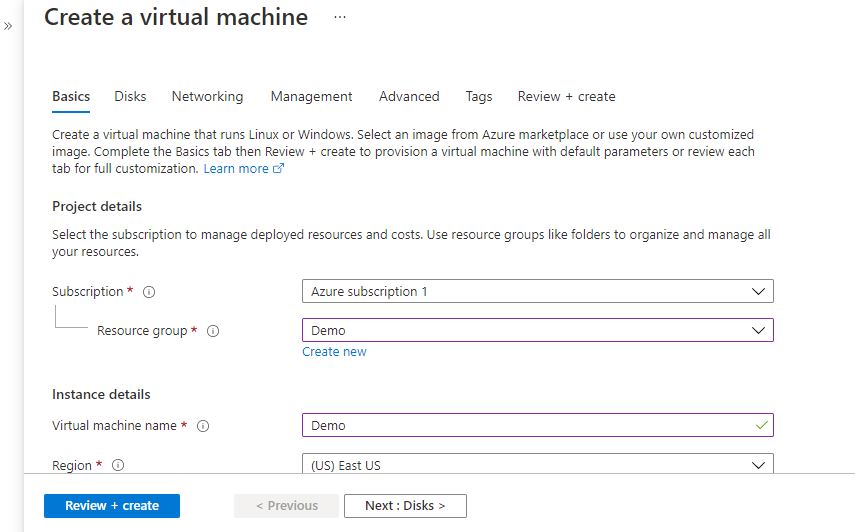
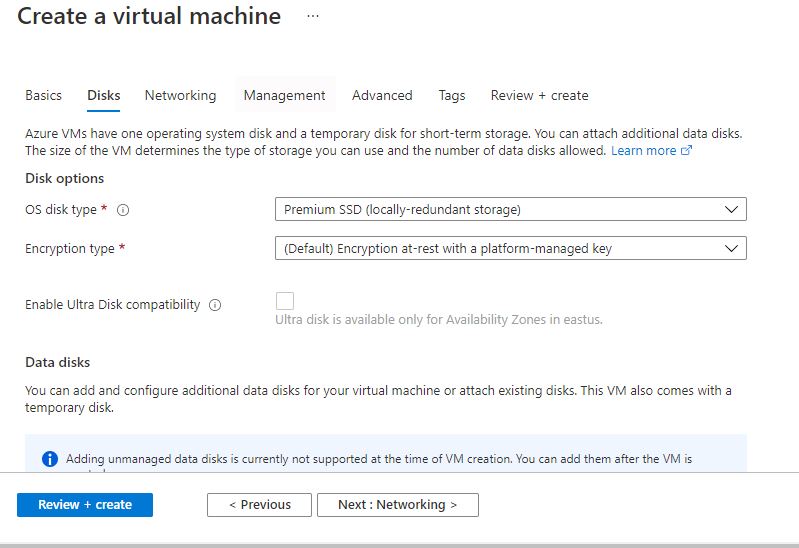


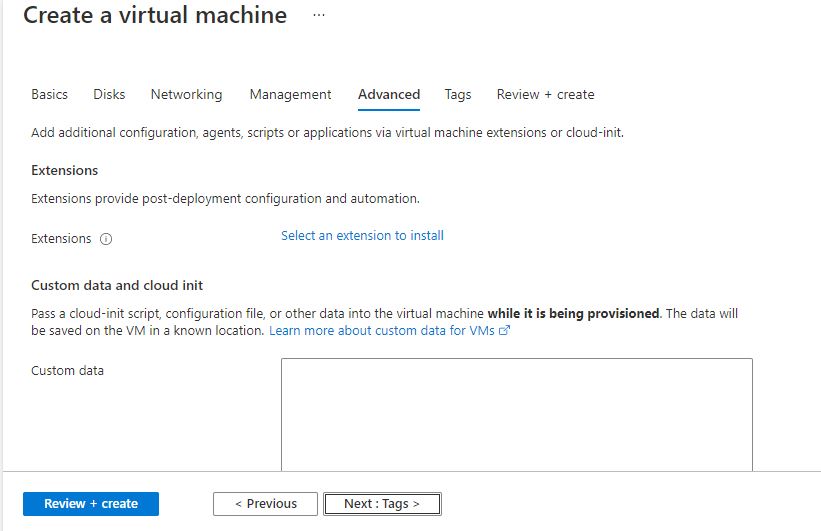
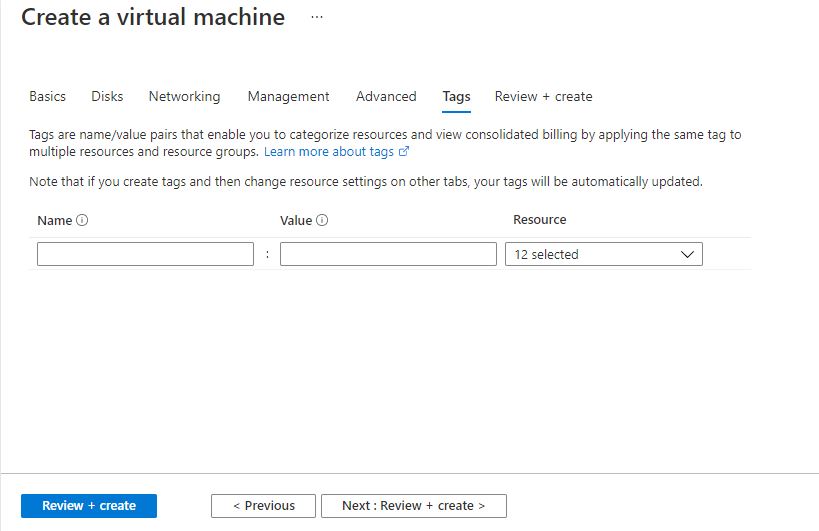
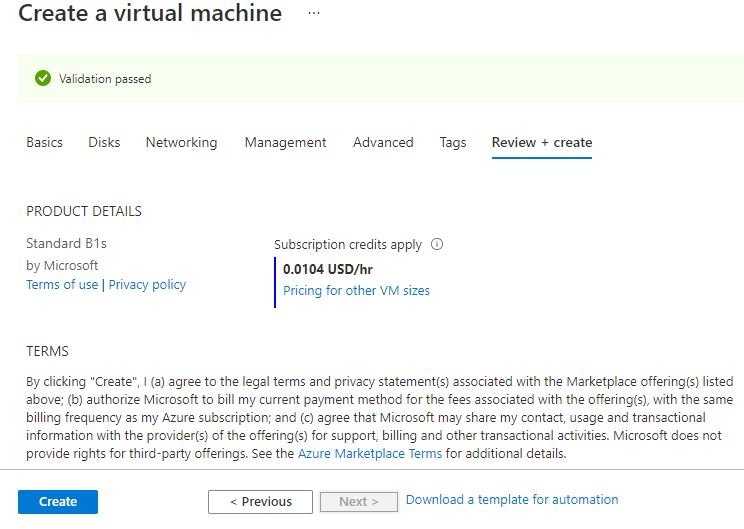
Step 3: Use the browser to access the application at http://<instance ip address/install.php> replace <instance ip address> with the actual ip address of the running instance.
Note: You will get the Instance IP Address as shown in the screenshot below:

Step 4: Enter the database details:
Username: root
Password: Niles@123
Database Name: collabtive
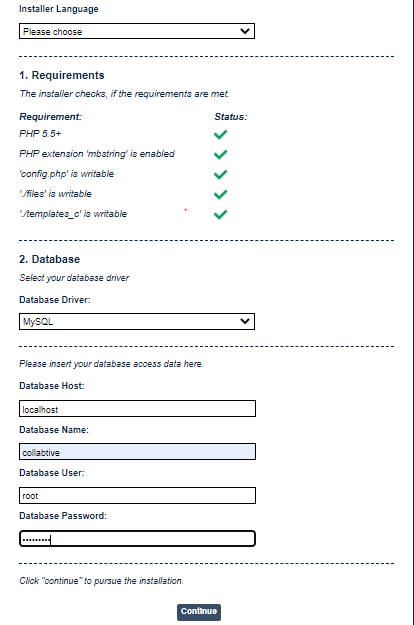
Click on continue
“Create the first user”
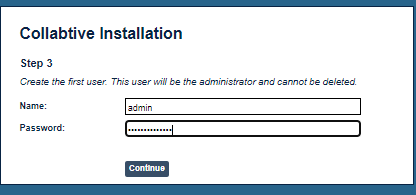
Installtion is complete.
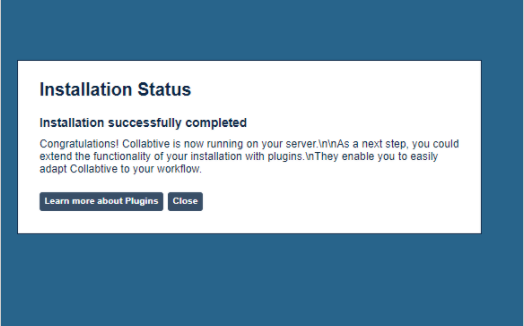
Enjoy the Application!!
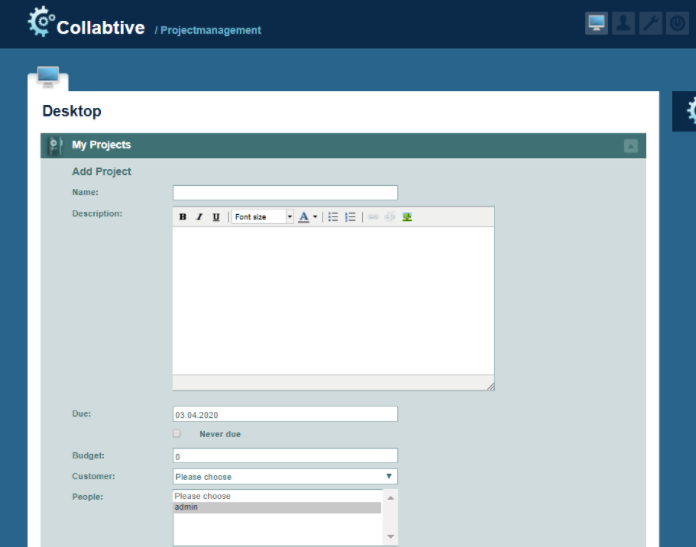
- (510) 298-5936
Submit Your Request
Until now, small developers did not have the capital to acquire massive compute resources and ensure they had the capacity they needed to handle unexpected spikes in load. Amazon EC2 enables any developer to leverage Amazon’s own benefits of massive scale with no up-front investment or performance compromises. Developers are now free to innovate knowing that no matter how successful their businesses become, it will be inexpensive and simple to ensure they have the compute capacity they need to meet their business requirements.
The “Elastic” nature of the service allows developers to instantly scale to meet spikes in traffic or demand. When computing requirements unexpectedly change (up or down), Amazon EC2 can instantly respond, meaning that developers have the ability to control how many resources are in use at any given point in time. In contrast, traditional hosting services generally provide a fixed number of resources for a fixed amount of time, meaning that users have a limited ability to easily respond when their usage is rapidly changing, unpredictable, or is known to experience large peaks at various intervals.
Traditional hosting services generally provide a pre-configured resource for a fixed amount of time and at a predetermined cost. Amazon EC2 differs fundamentally in the flexibility, control and significant cost savings it offers developers, allowing them to treat Amazon EC2 as their own personal data center with the benefit of Amazon.com’s robust infrastructure.
When computing requirements unexpectedly change (up or down), Amazon EC2 can instantly respond, meaning that developers have the ability to control how many resources are in use at any given point in time. In contrast, traditional hosting services generally provide a fixed number of resources for a fixed amount of time, meaning that users have a limited ability to easily respond when their usage is rapidly changing, unpredictable, or is known to experience large peaks at various intervals.
Secondly, many hosting services don’t provide full control over the compute resources being provided. Using Amazon EC2, developers can choose not only to initiate or shut down instances at any time, they can completely customize the configuration of their instances to suit their needs – and change it at any time. Most hosting services cater more towards groups of users with similar system requirements, and so offer limited ability to change these.
Finally, with Amazon EC2 developers enjoy the benefit of paying only for their actual resource consumption – and at very low rates. Most hosting services require users to pay a fixed, up-front fee irrespective of their actual computing power used, and so users risk overbuying resources to compensate for the inability to quickly scale up resources within a short time frame.
No. You do not need an Elastic IP address for all your instances. By default, every instance comes with a private IP address and an internet routable public IP address. The private address is associated exclusively with the instance and is only returned to Amazon EC2 when the instance is stopped or terminated. The public address is associated exclusively with the instance until it is stopped, terminated or replaced with an Elastic IP address. These IP addresses should be adequate for many applications where you do not need a long lived internet routable end point. Compute clusters, web crawling, and backend services are all examples of applications that typically do not require Elastic IP addresses.
You have complete control over the visibility of your systems. The Amazon EC2 security systems allow you to place your running instances into arbitrary groups of your choice. Using the web services interface, you can then specify which groups may communicate with which other groups, and also which IP subnets on the Internet may talk to which groups. This allows you to control access to your instances in our highly dynamic environment. Of course, you should also secure your instance as you would any other server.
Highlights
- Collabtive includes support for different time zones and date formats.
- Collabtive offers a distinct advantage as many commercial tools are available in English only.
- Collabtive supports complete installation on web server without any requirement of additional space out of the web server.